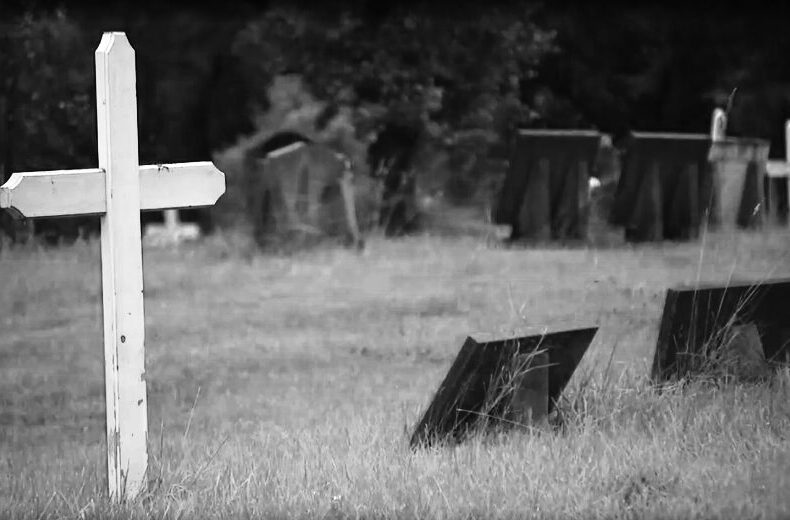
Burial Grounds as Sacred Spaces: The Intersection of Religion & Cemeteries
Is it the silence? The symmetry? The stone angels that seem to watch over the departed with timeless eyes? Or is it something deeper—a spiritual resonance that lingers in the air, reminding us of mortality, memory, and mystery?
Cemeteries are more than resting places; they are cultural palimpsests where the sacred and the secular intertwine. At their core lies a fundamental question that every civilisation has wrestled with: How do we honour the dead? The answer, as it turns out, is profoundly influenced by religion, philosophy, and a society’s evolving relationship with death.
Contents
- The Religious Roots of Burial Grounds: How Religion & Cemeteries Intersect
- Cemetery as a Sacred Landscape
- Sanctity in Secular Times
- The Ethical Dimensions of Sacred Burial Grounds
- The Cemetery Pilgrimage: A Modern Ritual
- Bottom Line
- FAQs
The Religious Roots of Burial Grounds: How Religion & Cemeteries Intersect
Burial grounds didn’t begin as public parks with historical walking tours. They began as sacred sites, often deeply entwined with religious belief systems. In ancient societies, burial sites were places of ritual, sacrifice, and spiritual communion.
Take the Egyptians, for example. The entire Nile Valley was dotted with necropolises aligned with religious cosmology. The pyramids weren’t just architectural marvels; they were spiritual elevators meant to lift the pharaohs into the afterlife.
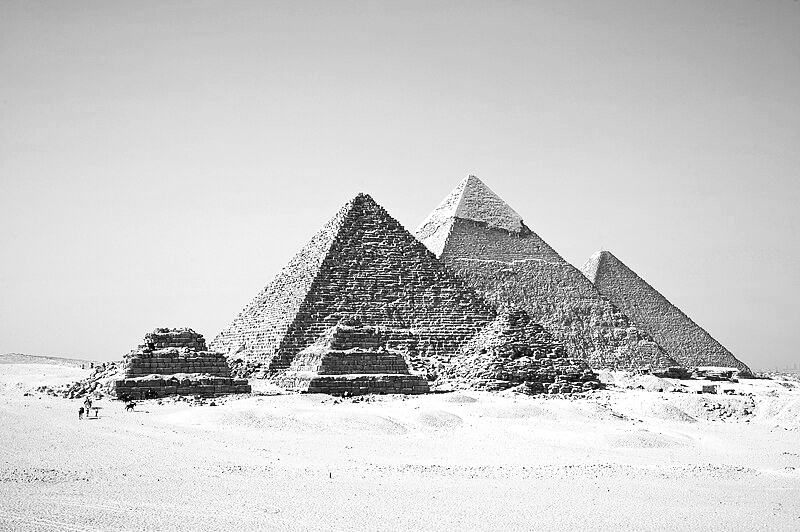
Similarly, in Christian Europe, the dead were often buried around churches, reinforcing the belief that proximity to the sacred improved one’s chances in the afterlife. The very layout of many European cities was designed around these spiritual cores.
Cemeteries were not just locations; they were thresholds between this world and the next.

Cemetery as a Sacred Landscape
Step into a historic cemetery and you’re walking through a living mosaic of faith, culture, and art. Each tombstone tells a story, and collectively, they narrate the spiritual ethos of a society.
Consider the iconography: crosses, doves, praying hands, crescents, stars of David. These are not mere decorations; they are symbols of hope, identity, and theological conviction.
In Islamic tradition, graves are aligned toward Mecca, emphasising spiritual orientation even in death. Jewish burial customs stress simplicity and humility, often reflecting theological ideals about equality in the afterlife.
In Hinduism, cremation and the subsequent scattering of ashes into rivers underscore the cyclical nature of life, death, and rebirth.
This convergence of belief and design turns cemeteries into sacred landscapes—an interfaith tapestry of human longing for transcendence.
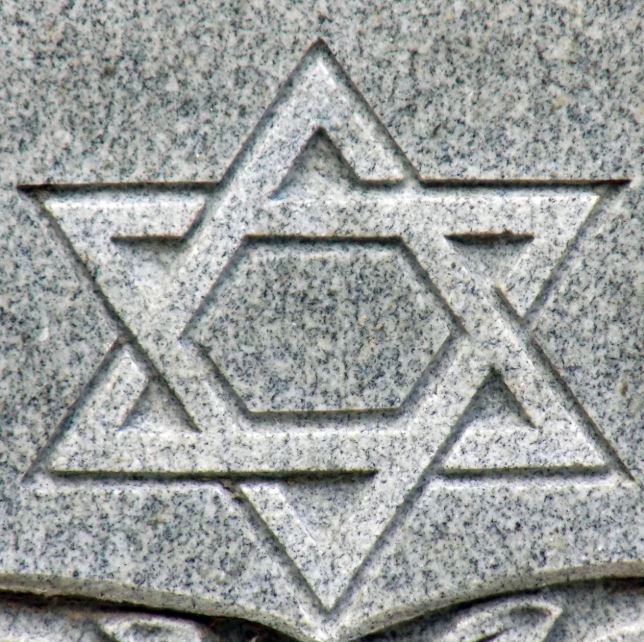
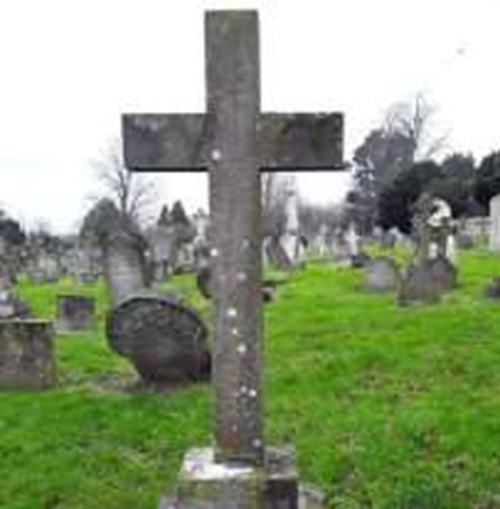
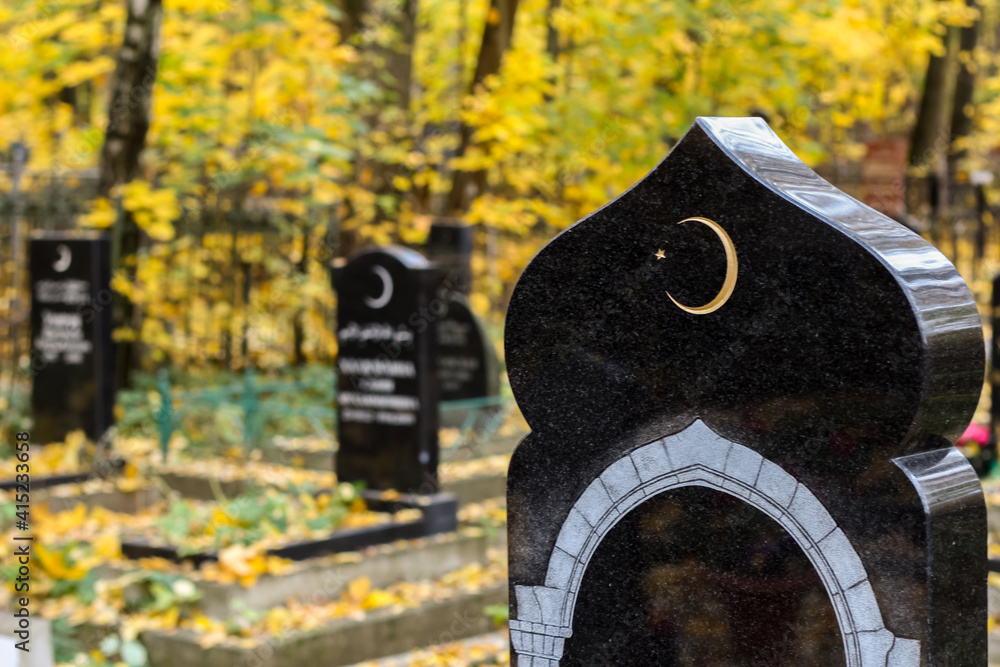
Sanctity in Secular Times
In our increasingly secular world, cemeteries still retain a unique aura. Even the most skeptical among us tend to lower their voices and tread gently within these spaces. Why?
Because sanctity, it seems, doesn’t require faith—just reverence. Cemeteries evoke a kind of existential humility that transcends dogma. Whether you’re an atheist, agnostic, or devout believer, a cemetery whispers the same thing: Remember, you too shall pass.
In this way, cemeteries serve as modern sacred spaces even when stripped of explicit religious function. Think of Arlington National Cemetery, where patriotism and mourning intertwine. Or Forest Lawn in California, where celebrity meets spirituality in a uniquely American form of veneration.
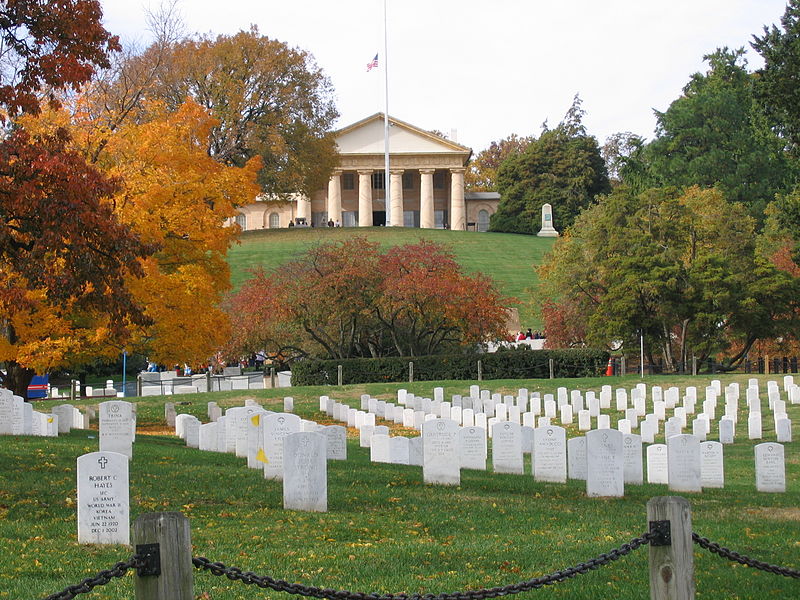
The Ethical Dimensions of Sacred Burial Grounds
What happens when development encroaches on burial sites? When forgotten cemeteries are unearthed during construction projects? These aren’t just planning concerns; they are ethical and spiritual dilemmas.
Religious groups often protest the disturbance of graves, not only for legal reasons but because of deeply held convictions about rest, dignity, and afterlife. The sanctity of the dead is not a metaphor; it is a moral mandate.
Indigenous communities around the world, for instance, have fought fiercely to protect ancestral burial grounds from desecration. For them, these sites are sacred geographies, repositories of both spiritual energy and cultural memory.
In the secular sphere, the concept of “rest in peace” still carries enough emotional weight to shape legislation, urban planning, and even protest.

Photo by Doug Duran/Bay Area News Group (Originally published on Times Herald)
The Cemetery Pilgrimage: A Modern Ritual
Whether it’s visiting Oscar Wilde’s lipstick-covered tomb in Père Lachaise or laying flowers at the feet of your grandparents, cemetery visits have become a form of pilgrimage.
Unlike traditional pilgrimages that centre on temples or holy relics, these modern rituals are often more introspective than dogmatic. We visit to remember, reflect, and reconnect with something bigger than ourselves.
In many ways, the cemetery is a temple of memory. And in an age where identity is fragmented and belief is fluid, this act of remembrance may be the most sacred gesture we have left.
Bottom Line
So, what makes a cemetery sacred? It’s not just the carvings, the crosses, or the creeping ivy. It’s the collective human insistence that death deserves reverence. That even in decay, there is dignity. And that between the rows of gravestones lies not just the memory of the dead, but a mirror for the living.
Cemeteries are sacred because we choose to make them so. They are spaces where religion, philosophy, history, and humanity meet in quiet, unwavering dialogue.
And that, perhaps, is the truest act of faith.
FAQs
Because they are imbued with religious, cultural, and emotional significance. Many people view them as hallowed grounds where the spiritual and physical worlds intersect.
Not necessarily. Whilst many originated from religious traditions, some modern cemeteries are secular. However, they still retain a sense of reverence and often reflect cultural values.
Muslim graves face Mecca, Christian cemeteries often surround churches, and Jewish burial grounds emphasise simplicity and anonymity. Each reflects theological beliefs about the afterlife.
It depends on your behaviour. When done respectfully, cemetery tourism can be a meaningful way to engage with history, art, and spirituality.
Most countries have heritage laws or religious protections for cemeteries. Disturbing graves without permission can lead to legal penalties and public outrage.

Leave a Reply